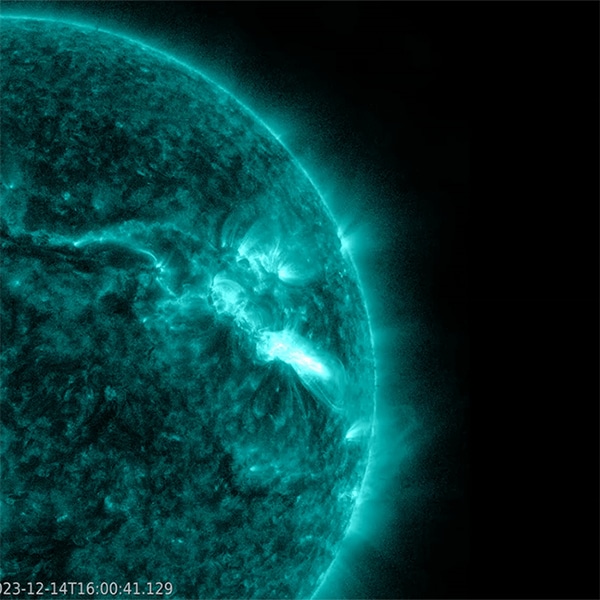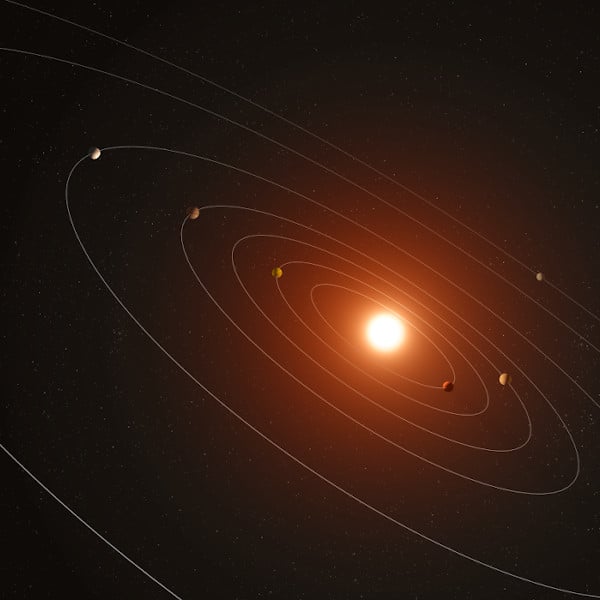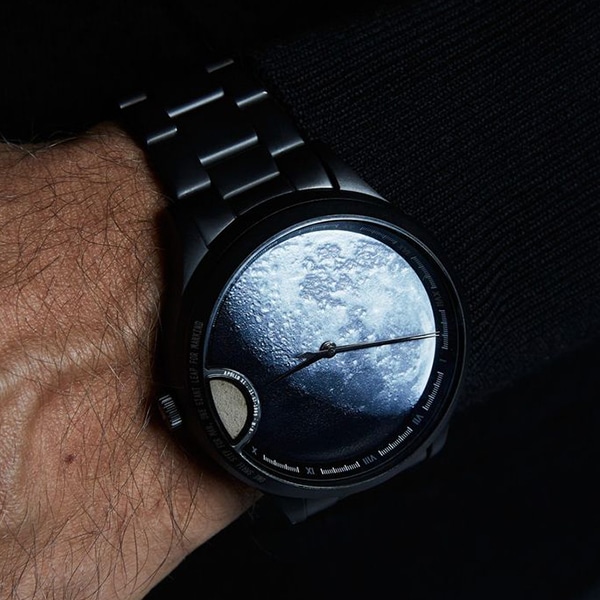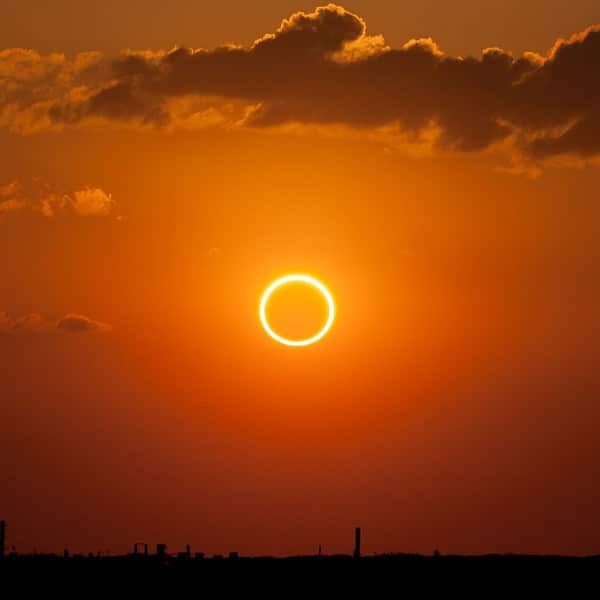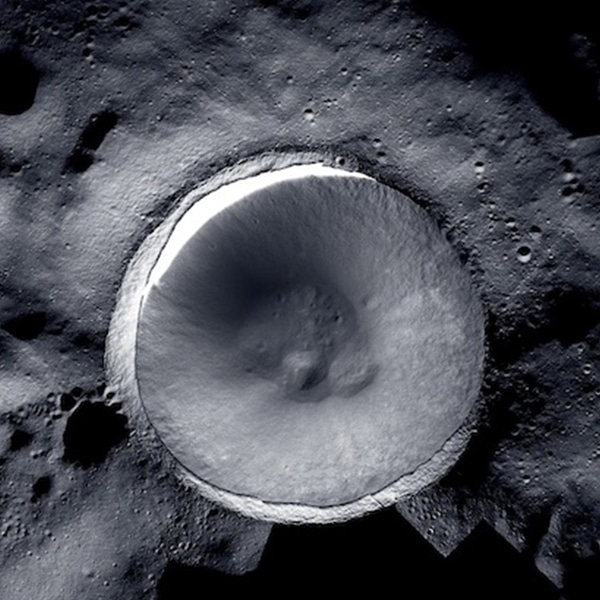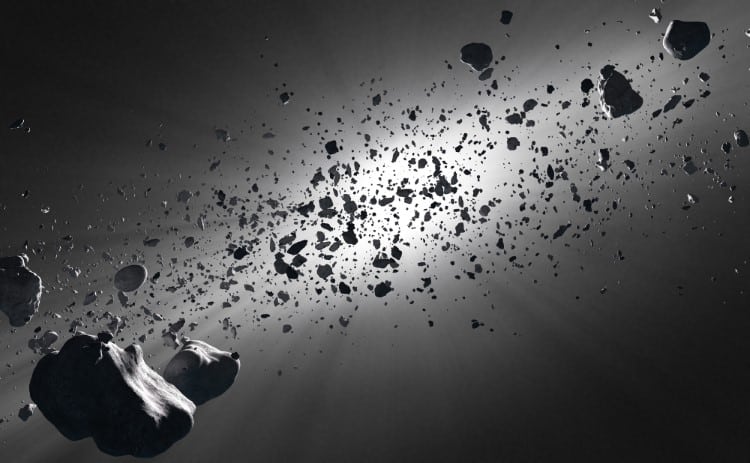
Asteroid belt illustration. (Photo: JohanSwanepoel /Depositphotos)
At some point in school, we all learned about the elements of the periodic table. However, as with all classification tools, it has its limitations. While it's very helpful in identifying elements, many in the universe are still unknown. A recent study published in EJP Plus demonstrates this beautifully by looking at asteroids.
A team of researchers from the Department of Physics at the University of Arizona, Tucson, is looking into certain asteroids with densities higher than any element known to exist on Earth. Specifically, they've been investigating the 33 Polyhymnia asteroid belt, which is located between Mars and Jupiter. Discovered in 1854, it has an estimated mass of 75 g/cm3.
To put this into perspective, we need to explore the current periodic table and the elements it contains. Elements with an atomic number (Z) higher than 104 are considered superheavy elements. Elements with atomic numbers between 105 and 118 are on the periodic table but have only been created experimentally. They are radioactive and unstable, with a very short lifespan. Elements higher than 118 have some predicted characteristics but have not yet been observed.

Osmium crystals (Photo: Periodictableru via Wikimedia Commons, CC BY 3.0)
The densest naturally-occurring element is Osmium, which has an atomic number of 76. Its density is 22.59 g/cm3, making is about twice as dense as lead. Any object with a density higher than this is considered a “compact ultradense object” or CUDO.
So when the research team considered the proposed density of 33 Polyhymnia, they naturally concluded that it must contain elements higher than Z=118. Now, the team led by Jan Rafelski will use the Thomas-Fermi model of the atom to try and calculate the structure and properties of these ultraheavy elements.
Specifically, they are interested in an “island of nuclear stability” that the model predicts around Z=164. Their calculations confirm this island of stability and predicted a density between 36.0 and 68.4 g/cm3 for the proposed stable element. This approaches the density of 33 Polyhymnia and puts forth the idea that these asteroids could be made of substances currently unknown on Earth. It's a tantalizing idea for anyone interested in precious metals and their potential usages.
“All super-heavy elements—those that are highly unstable as well as those that are simply unobserved—have been lumped together as ‘unobtainium,’ ” concludes Rafelski. “The idea that some of these might be stable enough to be obtained from within our Solar System is an exciting one.”
Related Articles:
NASA Discovers Asteroid That Could Hit Earth on Valentine’s Day 2046
Teen Interning at NASA Discovers New Planet on His Third Day on the Job
Scientists Find Distant Gas Clouds That Will Help Reveal How Our Universe Was Created
High School Students Find That Asteroid Hit by NASA Seems to Be Moving Unexpectedly











































































